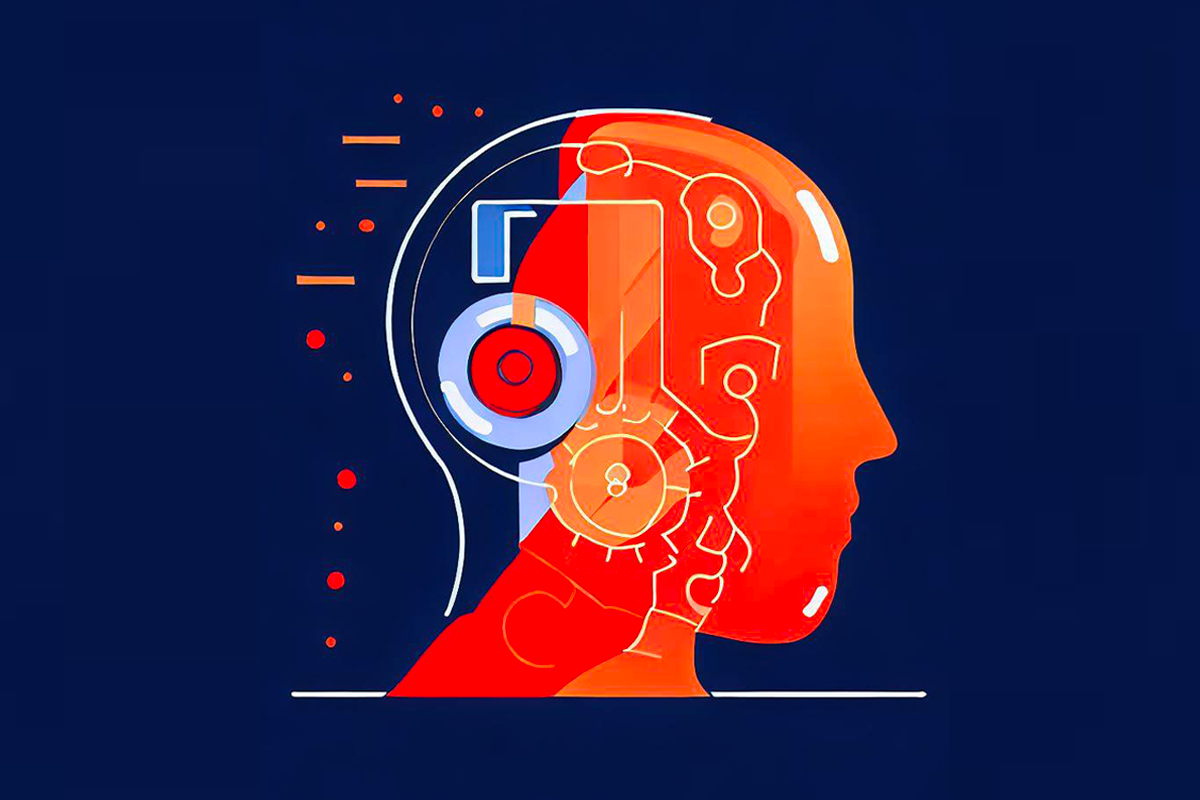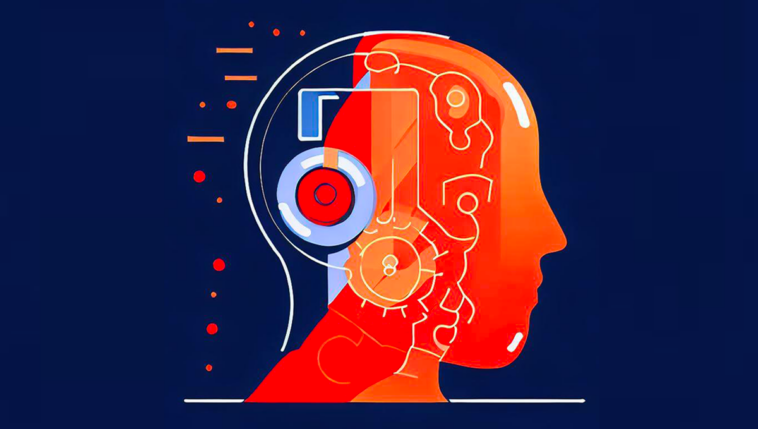
Do you know about UX design?
Let’s dive in!
How user behavior affects UX
UX, User Experience, or user experience – regardless of which term you prefer, it refers to the same thing – the subjective experience a user has when visiting a website, receiving a product, interacting with a cashier, etc.
When creating an effective UX design, it’s essential to consider user behavior.
Based on the experience a user has, there will be a corresponding behavior. In other words, how does the user interact with the product you offer?
If it’s a website, it’s relevant to look at how the user navigates through it, which content is most interesting, where error messages occur, which elements lead to conversions, and so on.
Read more about Conversion Rate Optimization (CRO) in my post here.
By analyzing user behavior on your website, you will have better conditions for creating an effective UX design.
Tools and techniques for UX research
UX research is essentially about the effect a website’s design has on the user experience.
In this way, it naturally involves researching users’ behavior and experiences with a given website.
Data collection is essential here and can be done through a variety of tools and techniques.
Among the most commonly used techniques is A/B split testing, which aims to compare two different design versions of the same website or just elements of a website to see what pitfalls may be associated with each version.
In this context, Google Analytics will be among the most essential tools for data collection and analysis, while Hotjar can be used to create heatmaps to see how users interact with your design.
Read more about other tools I use for marketing here.
Other examples of techniques that contribute to more in-depth UX research could be surveys, which can easily be created via Google Forms and provide great insight into user satisfaction.
Additionally, neuromarketing is a practice we cannot ignore when it comes to measuring user behavior.
Neuromarketing is increasingly used, and in this context, eye-tracking can be the most useful tool to understand what visually attracts users the most.
Curious about neuromarketing? Read more in my post here.
Interaction design and its impact on UX
To create effective UX, you often hear about the so-called interaction design.
This refers to all the interactive elements that can be incorporated into a website and that help make the user experience more intuitive and logical.
For example, interactive feedback mechanisms help reduce much of the potential uncertainty a user may have when making a purchase or submitting a form.
With interactive elements such as a pop-up message or a loading circle, the user can automatically follow the individual processes and thus experience a higher level of confidence in their online actions.
Creating intuitive user interfaces
Intuitive design solutions are among the most user-friendly solutions and can help ensure a positive experience on any website.
It is important to think of simple designs with setups and processes that users will recognize from other experiences.
For example, users have become accustomed to a menu appearing as three horizontal lines in one of the top corners of a website, that text written in a different color is usually an internal link, or that certain icons have well-known meanings.
By using intuitive elements that guide users through your website, you can help make the experience more user-friendly without compromising your website’s brand-based design.
Responsive design: adapting to different screen sizes
Among the most essential elements of an effective UX design is responsive design.
This refers to the setup of a website that makes it possible to access the site in such a way that it is always scaled and adapted to the specific device being used.
For example, if you are using your mobile phone, the website’s format should be adapted to its screen size and interaction possibilities. The same naturally applies when using a computer or tablet.
Overall, this contributes to increased accessibility of your website and ensures a positive user experience, regardless of the device being used.
Usability vs. aesthetics: balancing design priorities
When it comes to website design, usability and aesthetics can sometimes seem to conflict in terms of prioritization.
The goal here is to balance the two elements so that the user feels they are encountering a website that is easy to navigate while also aesthetically aligning with the website’s brand and identity.
The balance between the two arises from meeting the users’ needs. Through a series of tests, knowledge about users’ behavior on the website and their preferences can be obtained.
With this knowledge, a user-friendly template of the website can be created, and with the help of the company’s brand-based aesthetics, the website can be designed with the colors and design elements that constitute the company’s identity.
The importance of micro-interactions in UX
Have you ever noticed how small interactions on a website can make a big difference to your user experience?
When I talk about micro-interactions, I specifically mean the small interactive elements that a website can incorporate, such as when a button changes color when clicked, when a process indicator appears, when small sounds occur during certain interactions, and the list goes on…
These small interactive elements play a positive role in the user experience, as users will experience getting quick feedback on the actions they perform.
Micro-interactions, for example, indicate how far a user has progressed in a process, whether a request has been approved, and much more.
Overall, this gives the user a sense that a website is functioning effectively and can even help add personality to basic processes through animations and brand-enhancing designs.
Measuring and evaluating UX performance
No new design implementation is worth much without ongoing evaluation of the performance of the particular website.
Especially when it comes to UX design, it is essential to conduct ongoing measurements of users’ interaction and behavior with a website.
If the design does not meet the users’ needs, it is necessary to reassess how a UX design can help increase user satisfaction.
Feedback in the form of surveys, as well as an overview and analysis of user behavior via Google Analytics and Hotjar, are just some of the examples of tools that can measure UX performance, as already mentioned earlier in this post.










Comments